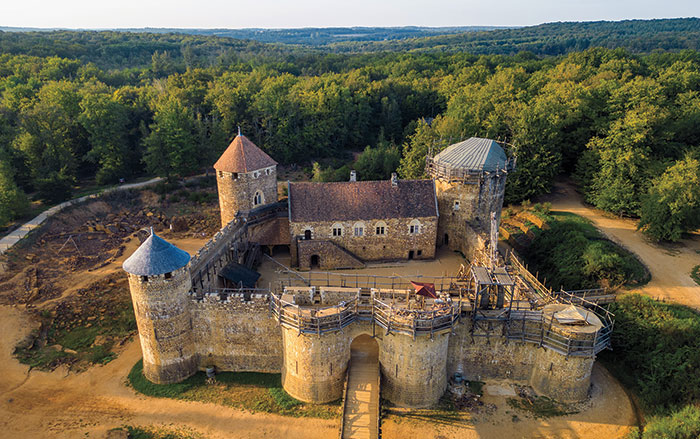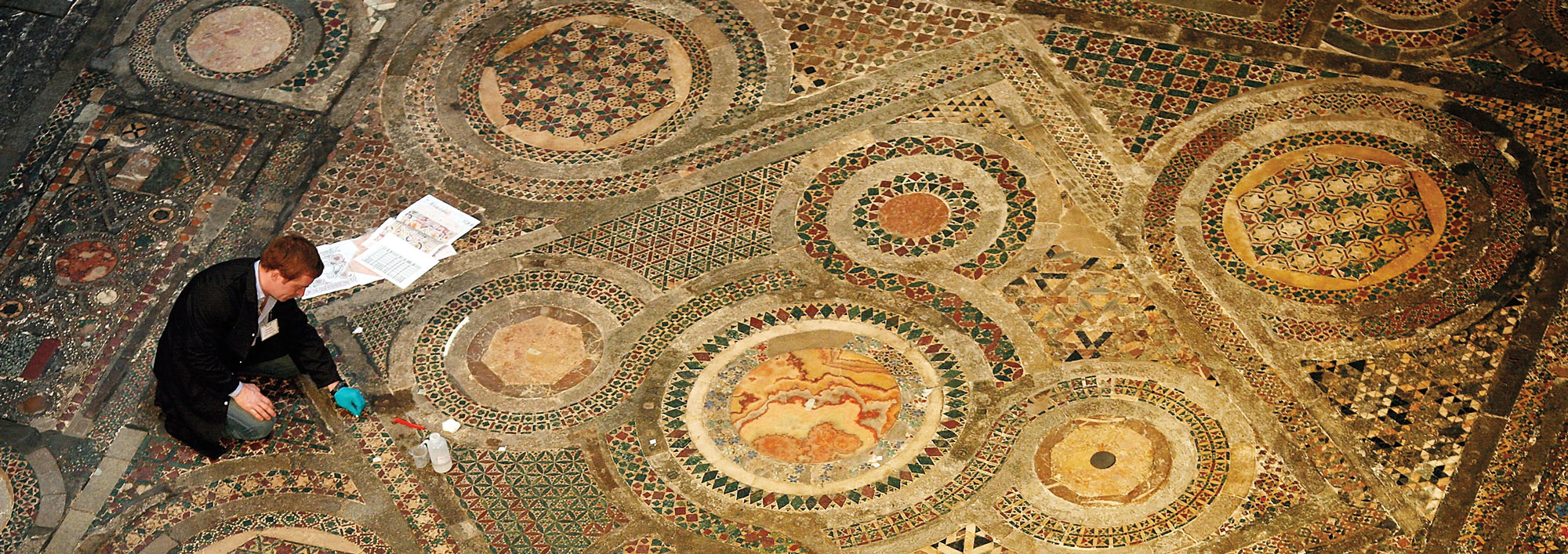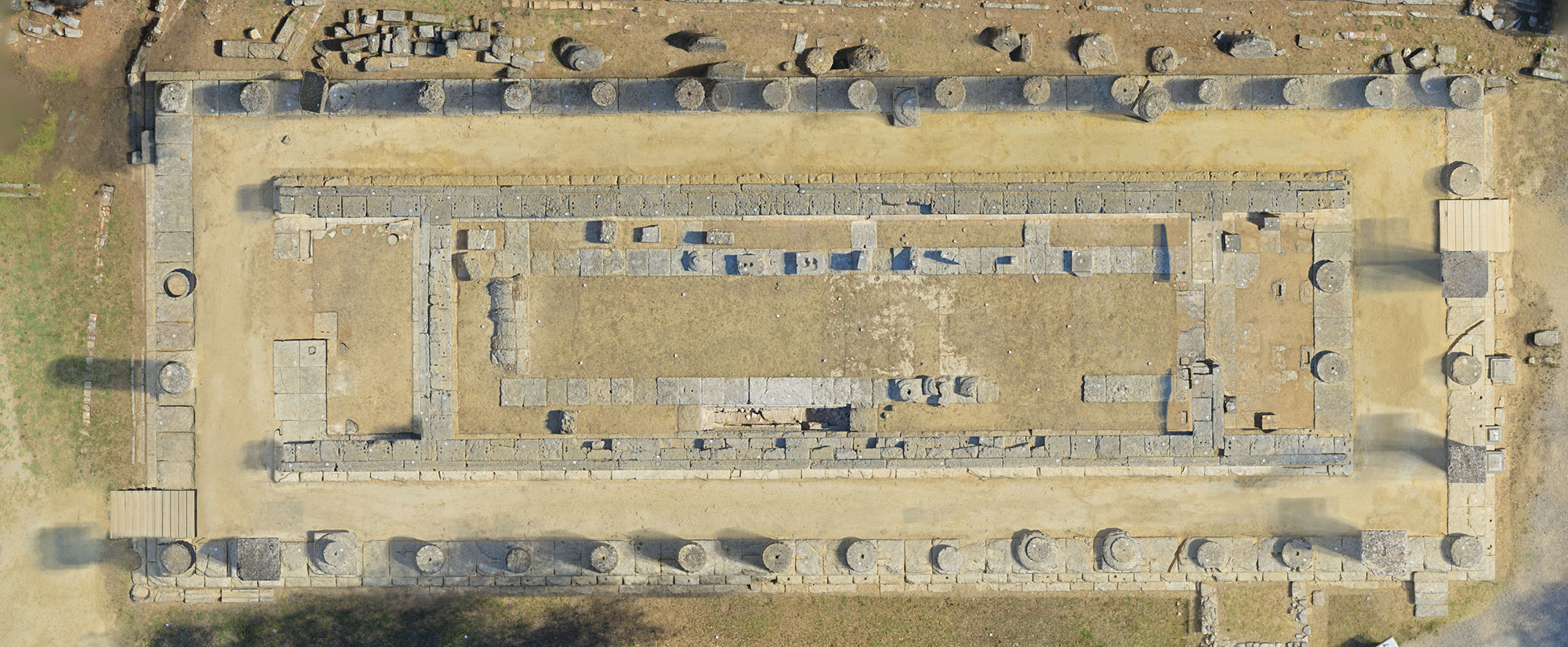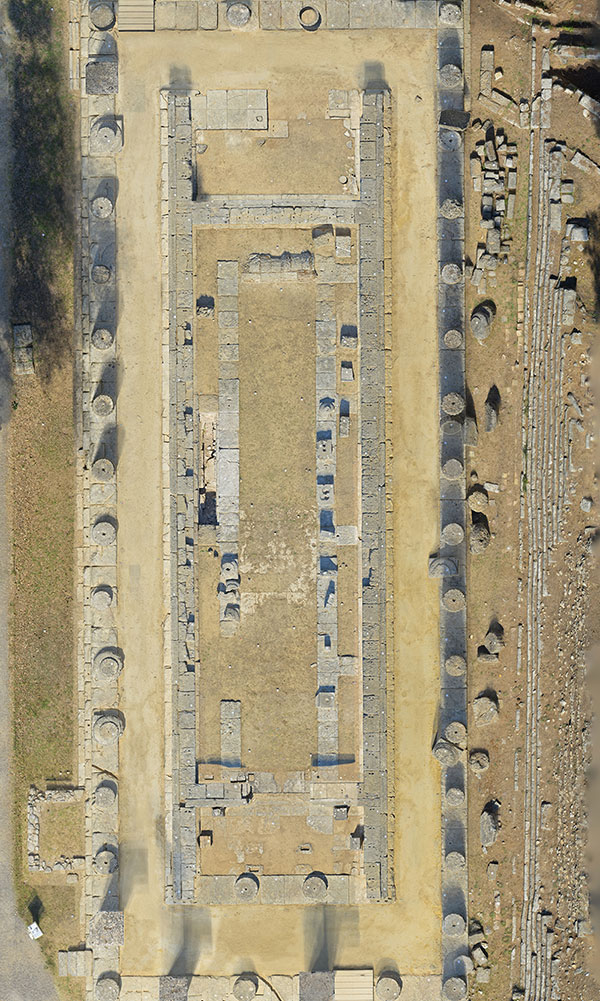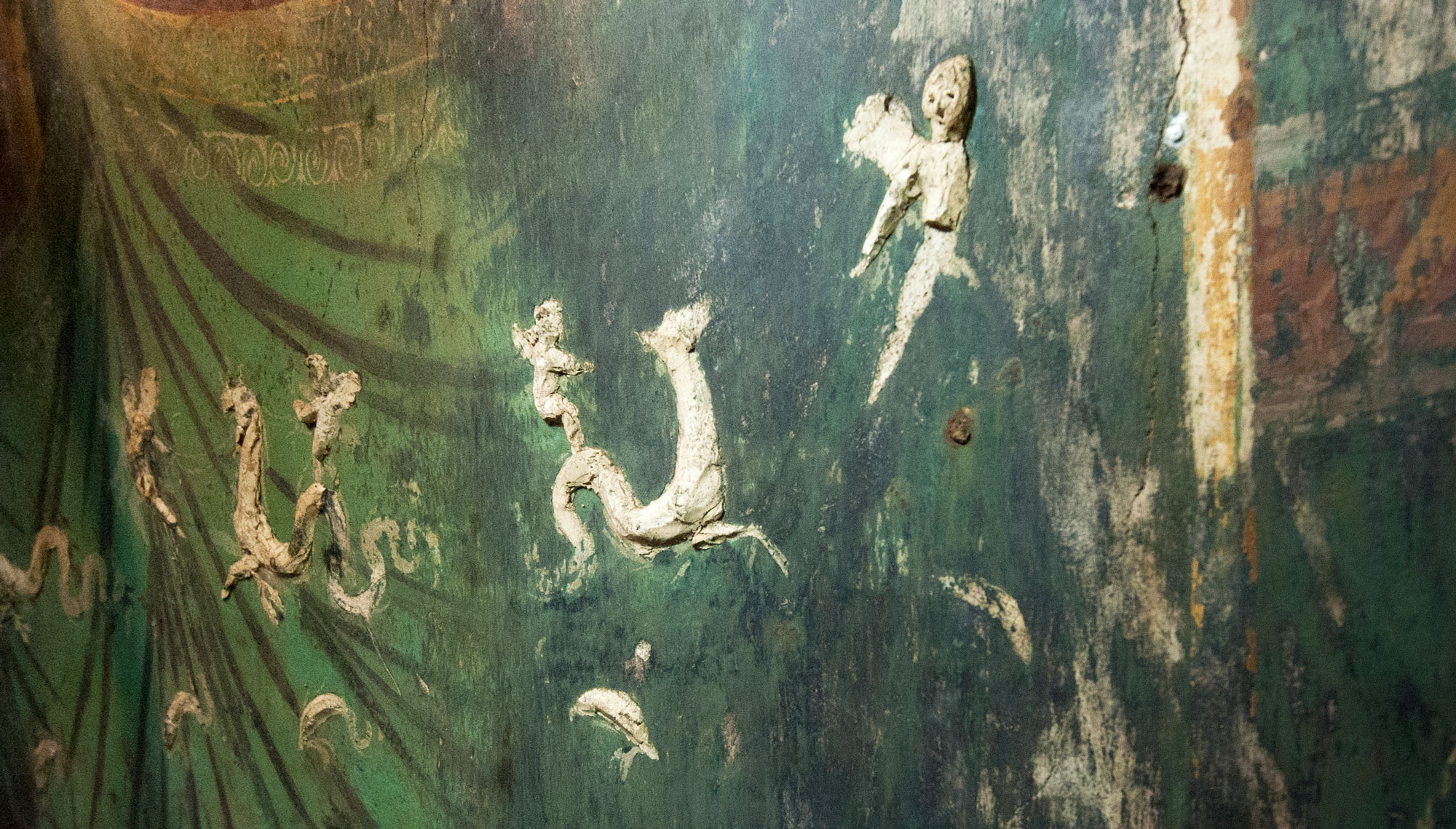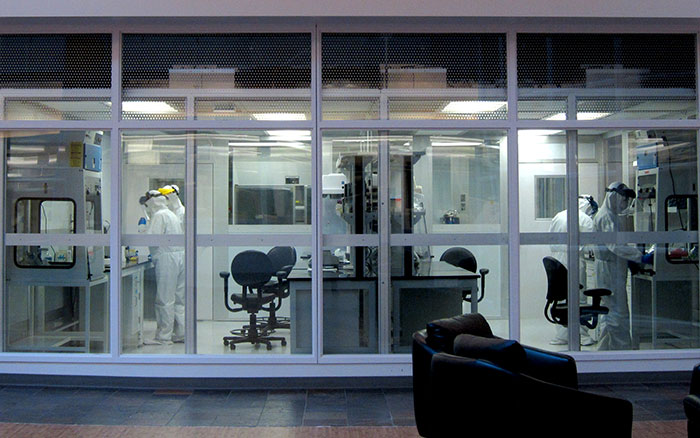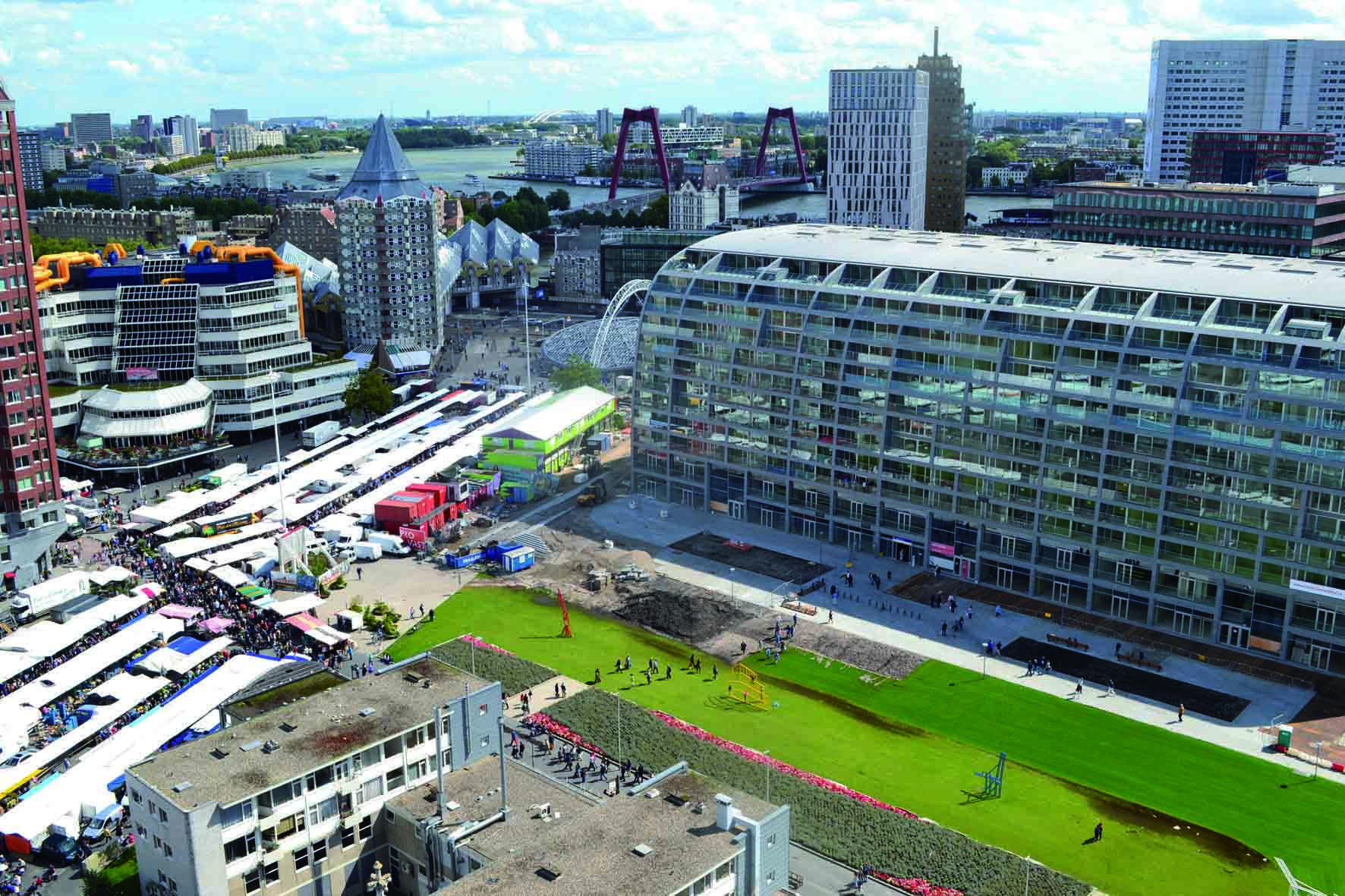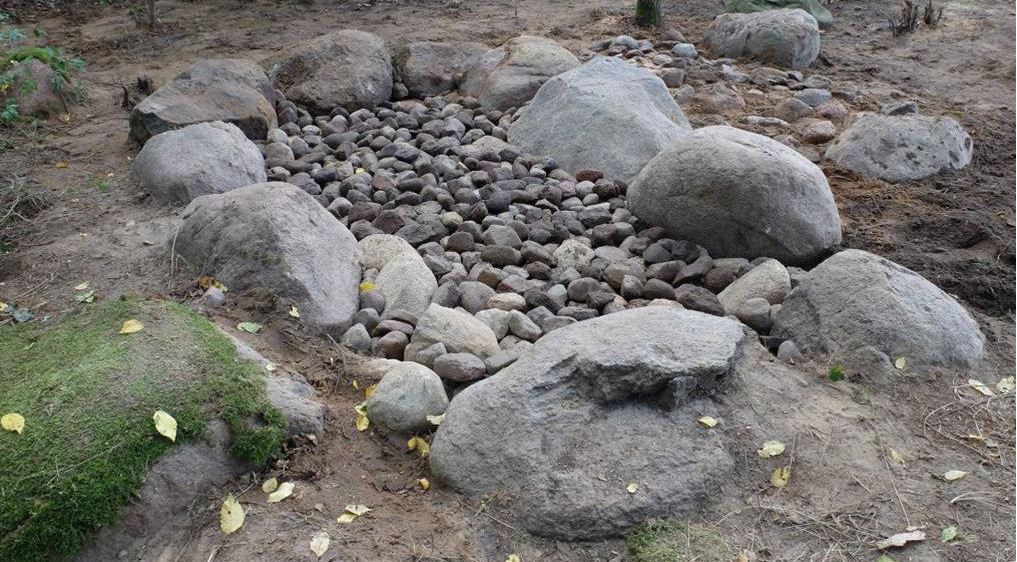
SASINY, POLAND—Science & Scholarship in Poland reports that ten monumental tombs discovered in northeastern Poland resemble Neolithic burials, even though they date to the eleventh to thirteenth centuries and are thought to contain the remains of Christians. “All members of the local community were buried in the study graveyard—both poorer and richer, including the elite,” said archaeologist Michal Dzik of the University of Rzeszów. “Funeral rites were common to all. Each of the deceased was placed in a large burial structure, the edges of which [were] marked by big boulders.” After the body had been placed inside, the rectangular-shaped graves were filled with layers of stones. The burials, however, were not covered with mounds of dirt, as had been the case before the arrival of Christian customs. Dzik also found glass beads, silver temple rings, crescent moon and cross pendants, evidence of vessels placed near the deceased, and bonfires that had been lit in the tombs. He thinks there may have been other, similar cemeteries in the area that retained elements of pre-Christian burials, but their distinctive boulders were reused in later periods as building materials. To read about the burial of a medieval knight in England, go to “Surely You Joust?”




